Planting continues: bamboo seeds
Over the summer Brad from Needmore Bamboo emailed, asking if I wanted some bamboo seed. A couple of his plants were flowering and producing seed, and he had more than he wanted. Since I grew a few bamboos from seed last year, I was interested in trying a few more species, so I told him I'd take a few seeds.
Later that week an envelope arrived, absolutely bulging. Apparently Brad had so much seed, "a few" translated into "a few handfuls", and I had way more seed than I wanted. Good thing I did though...
You see, some bamboo seeds are sometimes tricky to get to germinate. For my first attempt I sprinkled the seed over some moistened seed starting mix as I usually do, covered to keep them moist, and waited. I gave up after a couple of months, dumped those seeds out, and went to Plan B.
Plan B involved putting the seeds in a ziploc bag with some damp paper towels and keeping them in the refrigerator for a few months. This cold stratification is essential in some types of seeds, as it breaks down the germination inhibitors that many (all?) seeds contain. I'm now going to remove these from the fridge and plant them.
Since I had several seeds left over (that were not put into the fridge), I soaked them overnight in warm water and will plant them too. Although I've read that bamboo seed germinates best when it's fresh, I'm hoping one of these two methods will work.
I'll be using these shallow trays filled with seed starting mix to plant in:
Once the seeds germinate (I'm keeping a positive attitude) I can tease each seedling out and plant it in its own pot. If these were seeds that were very likely all going to germinate, I'd put them in individual pots right now, but that's just a waste of effort for these.
I've got two different types of seeds to plant: Sasa veitchii and Sasa senanensis.
First up the veitchii. There are a lot of seeds in these ziplocs, so much that I won't use them all right now:
I'll put the remainder back into the fridge and try again later this summer if these don't germinate. Or maybe I'll throw them away.
As you can see above some of the seeds are moldy, but most are fine.
I'm not sure if covering the seed is required, so I'll just cover half of them and leave the other half exposed to the light.
The senanensis seeds are much fatter than the veitchii ones were:
The ones that were in the fridge look better (plumper) than the ones that were left out and soaked overnight:
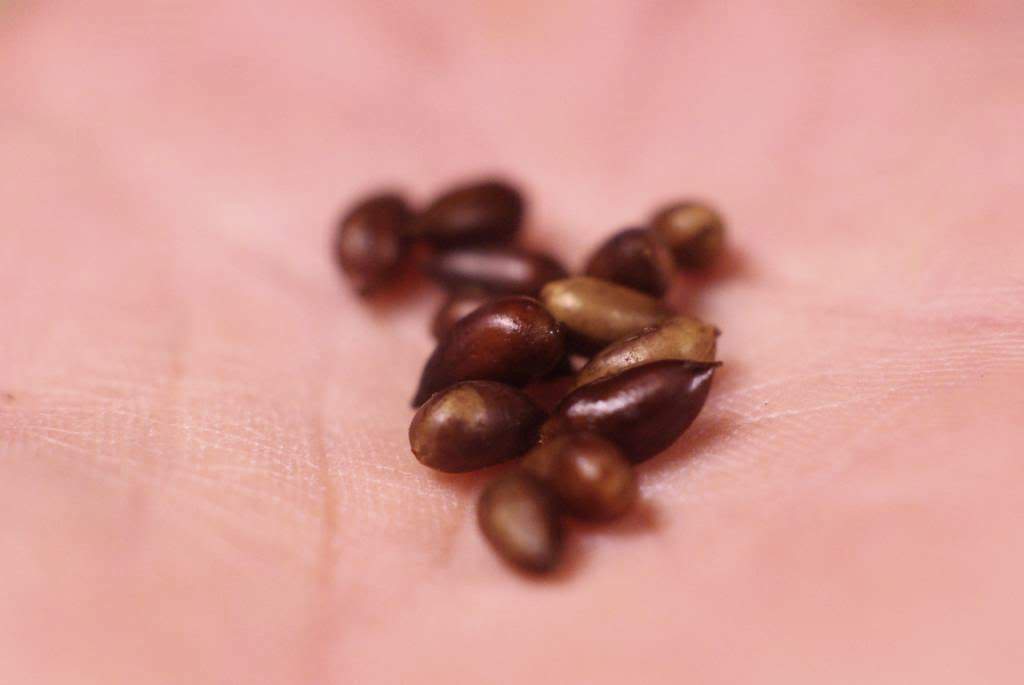 |
| Sasa senanensis seeds that were kept moist in the fridge. |
 |
| Sasa senanensis seeds that were left in an envelope for several months, then soaked in water overnight. |
I'll divide the planting area to keep track of which are which:
With this tray I just left a few seeds on each side uncovered, and covered the rest. Then it's a good misting with the spray bottle, put on the covers, and put under the lights where it's nice and warm:
Hopefully I'll see some sprouting before too long.
Growing bamboo from seed is more of a novelty than a plant production method for casual gardeners, as it will take several years before the plants are large enough to make any sort of impact in the garden. Taking divisions from established plants is much faster, probably shaving three years or more off the time to maturity when compared to growing from seed.
The nice thing about growing from seed though is genetic variation: you may find a plant with unique and desirable characteristics among dozens or hundreds of seedlings, and that can be exciting!
Dozens of seedlings? I think I'd settle for one or two seedlings at this point though. Let the waiting and watching begin!
.
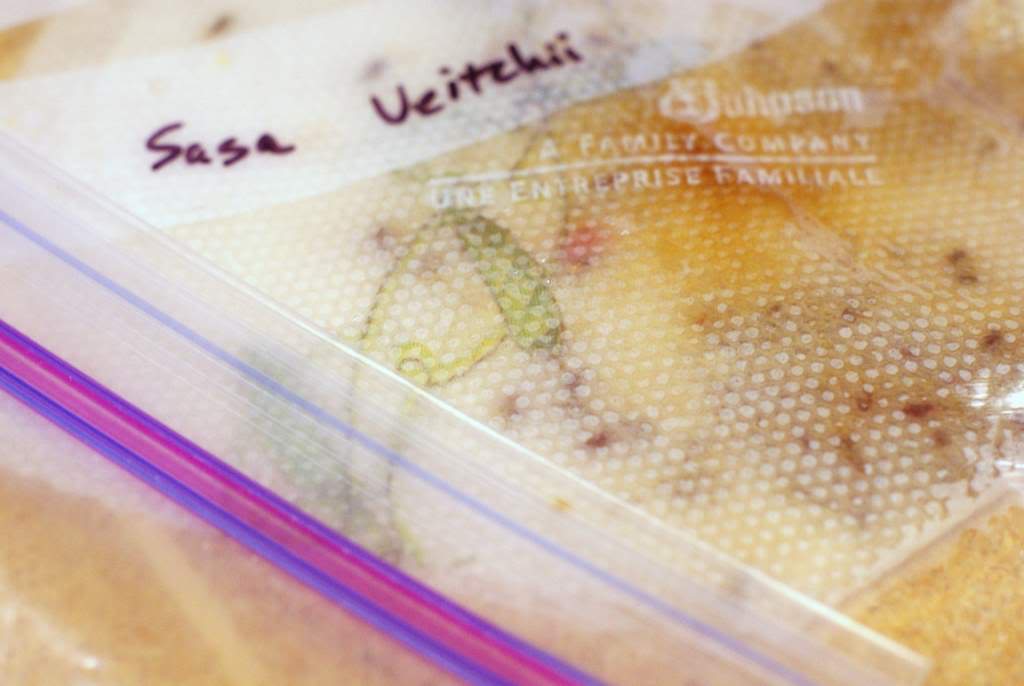
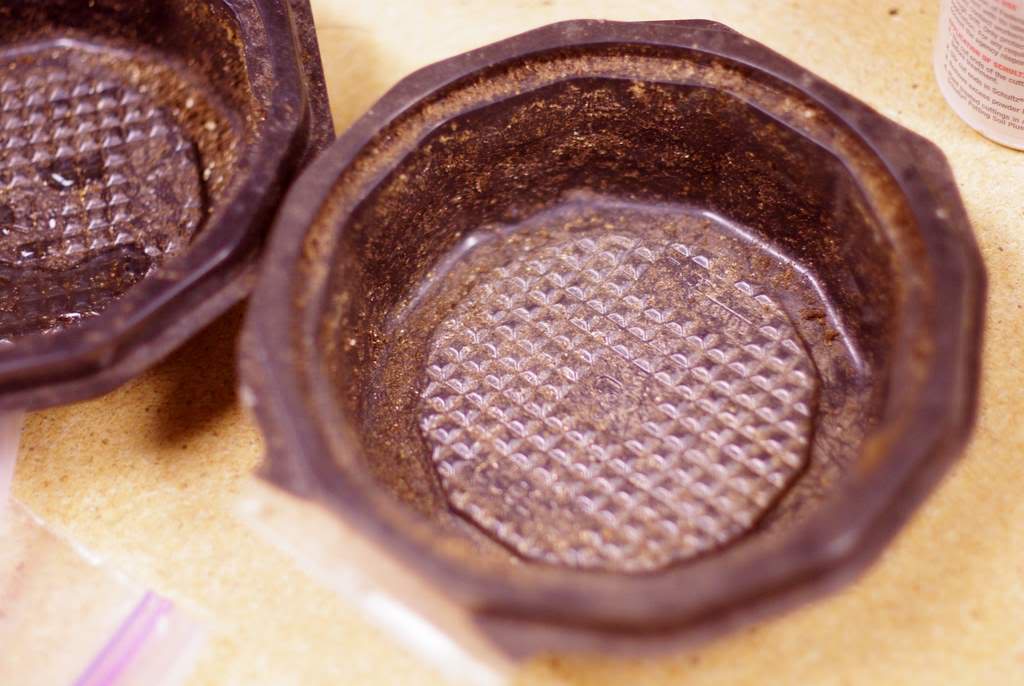

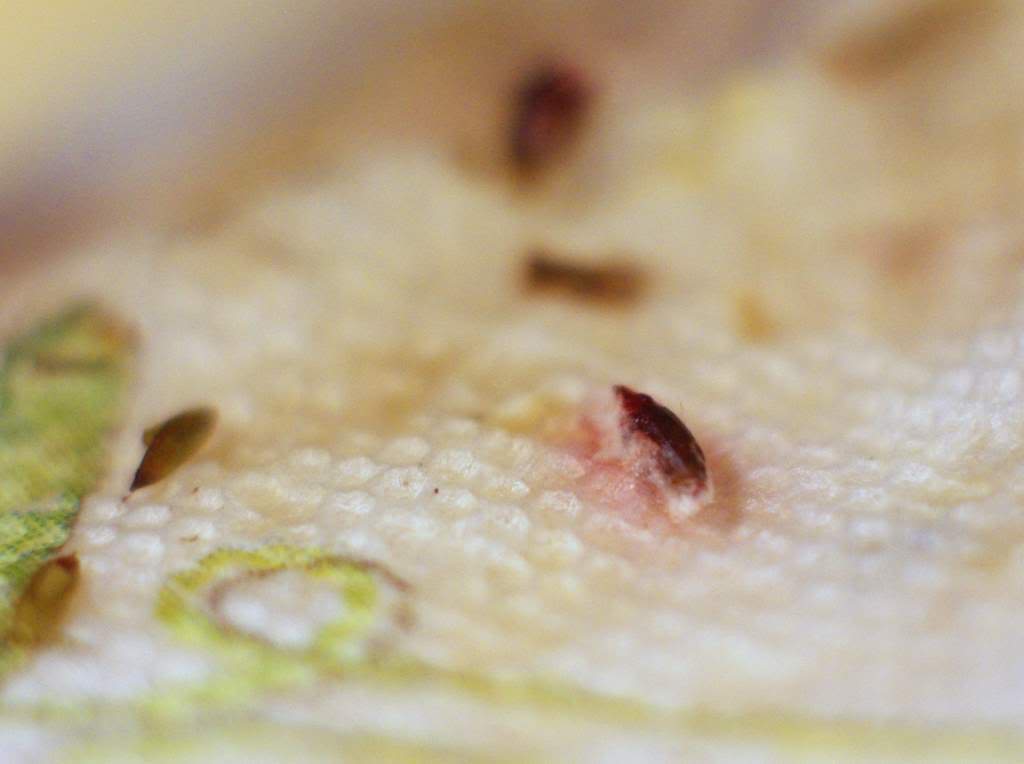
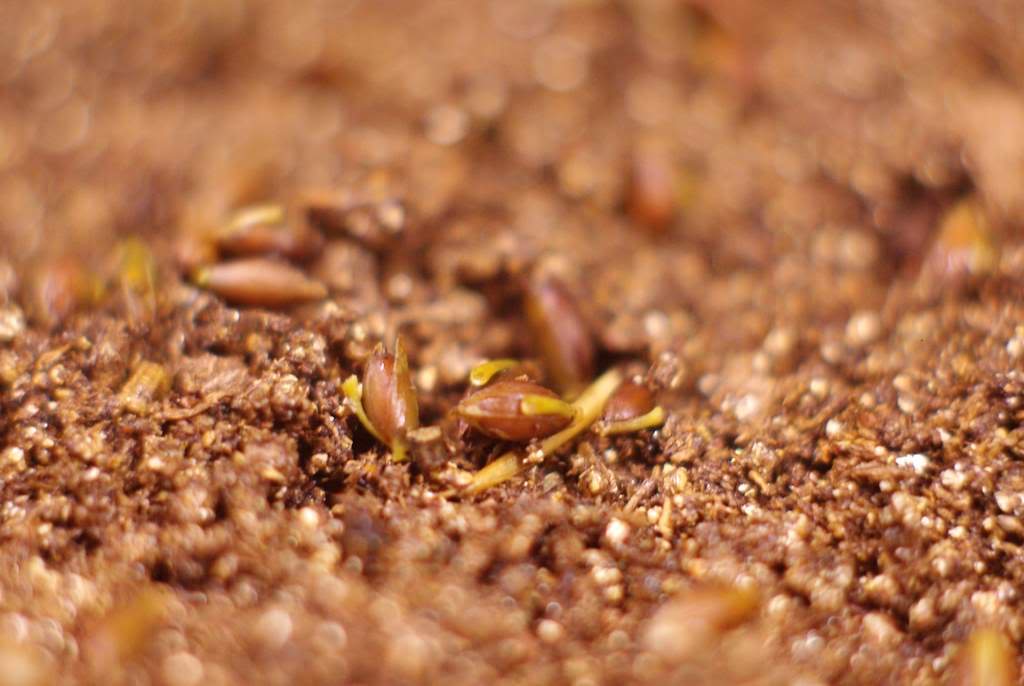
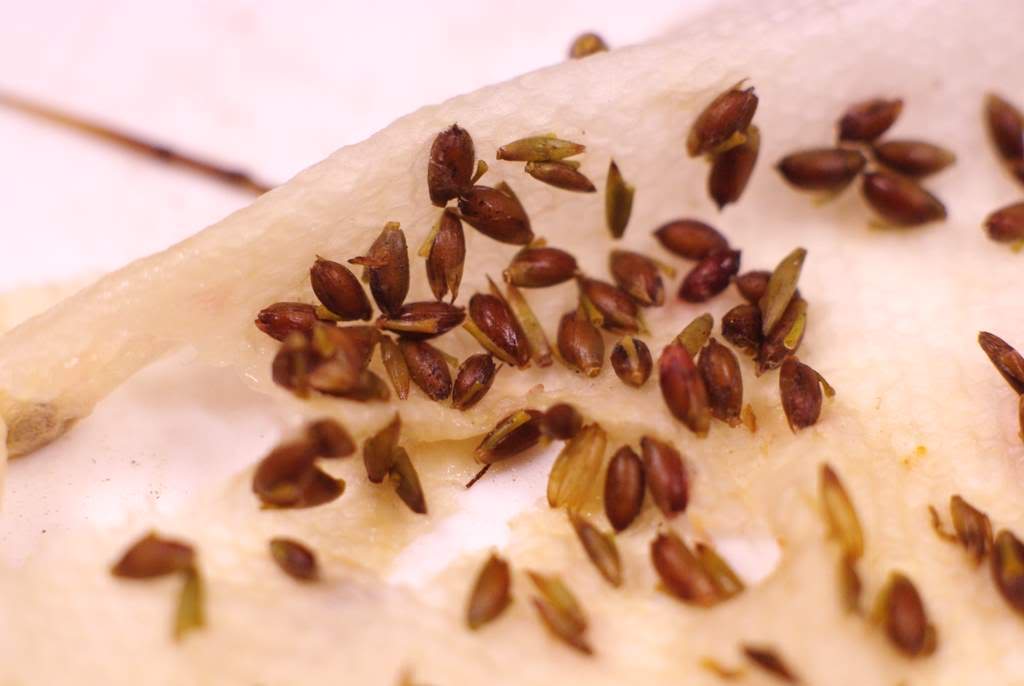
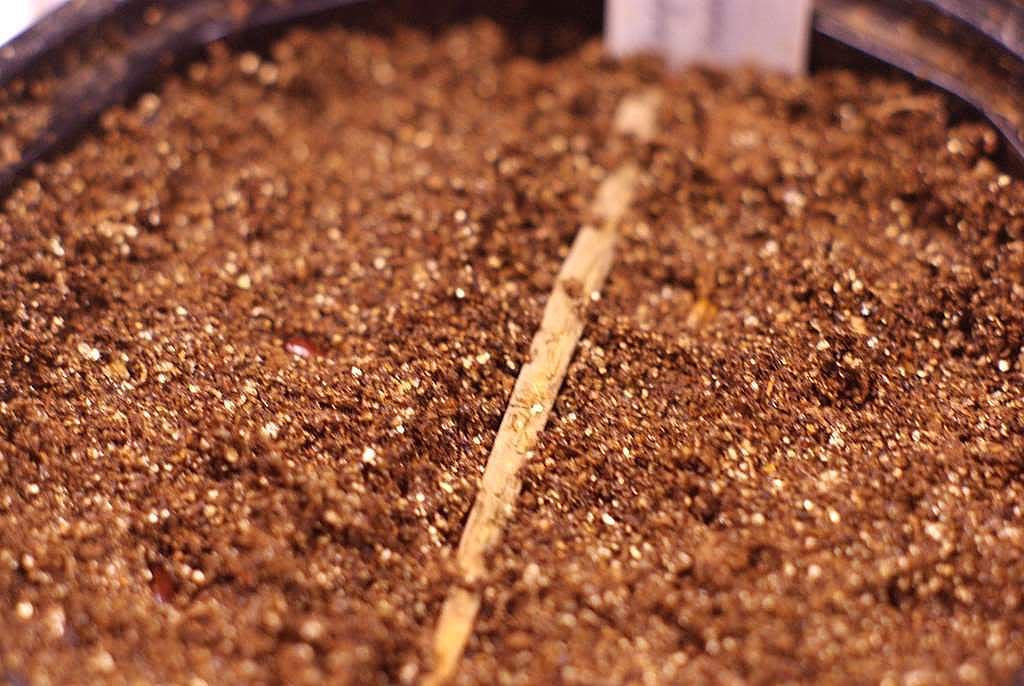
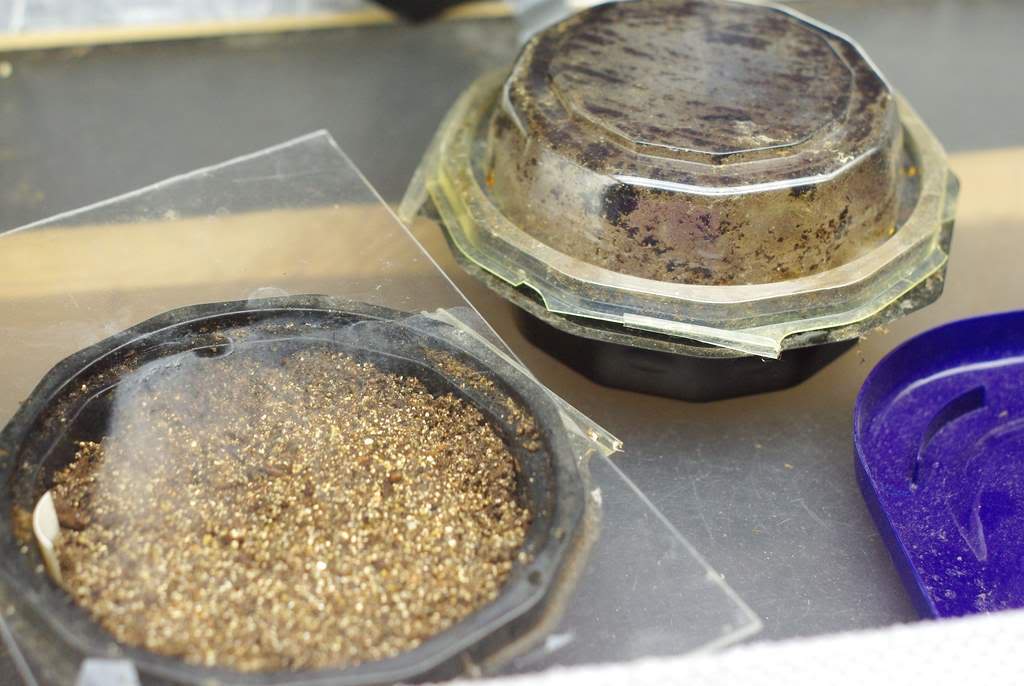




What a methodical approach, I'm impressed! I should send you all my seed for custom germination. I have a hard time growing anything from seed. I've got to start my chili pepper seeds soon...
:: Bamboo and More ::